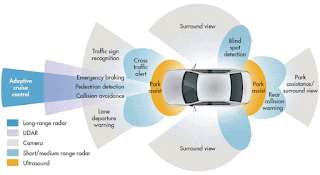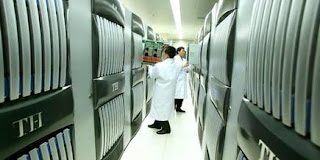The James Webb Space Telescope (JWST or "Webb") is a space Telescope that will be the successor to the Hubble space Telescope.The JWST will provide greatly improved resolution and sensitivity over the Hubble, and will enable a broad range of investigations across the fields of astronomy and cosmology.cos of its major goals is observing some of the most distant events and objects in the universe, such as the formation of the first galaxy. These types of targets are beyond the reach of current ground- and space-based instruments. Other goals include understanding the formation of Stars and planets, and direct imaging of exoplanets and novas.
NASA's James Webb Space Telescope, scheduled for launch in 2021, will probe the cosmos to uncover the history of the universe from the Big Bang to alien planet formation and beyond. It will focus on four main areas: first light in the universe, assembly of galaxies in the early universe, birth of stars and protoplanetary systems, and planets (including the origins of life.)
The James Webb Space Telescope (JWST) will launch on an Ariane 5 rocket from French Guiana, then take 30 days to fly a million miles to its permanent home: a Lagrange point, or a gravitationally stable location in space. It will orbit around L2, a spot in space near Earth that lies opposite from the sun. This has been a popular spot for several other space telescopes, including the Herschel Space Telescope and the Planck Space Observatory.
The powerful $8.8 billion spacecraft is also expected to take amazing photos of celestial objects like its predecessor, the Hubble Space Telescope. Luckily for astronomers, the Hubble Space Telescope remains in good health and it's probable that the two telescopes will work together for JWST's first years. JWST will also look at exoplanets that the Kepler Space Telescope found, or follow up on real-time observations from ground space telescopes.















